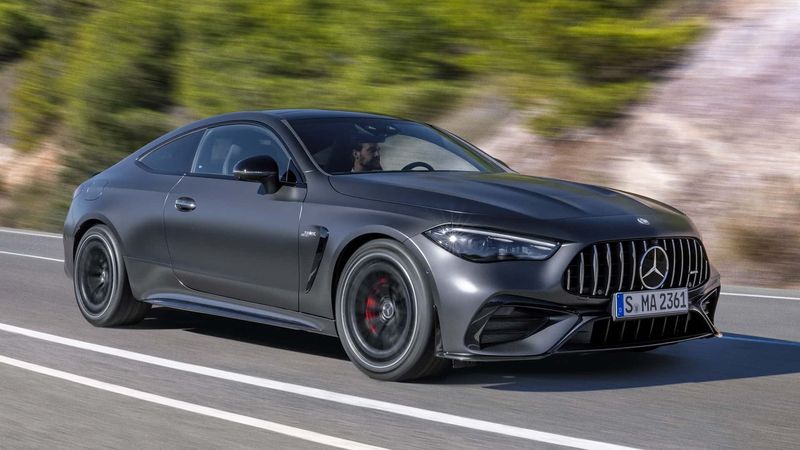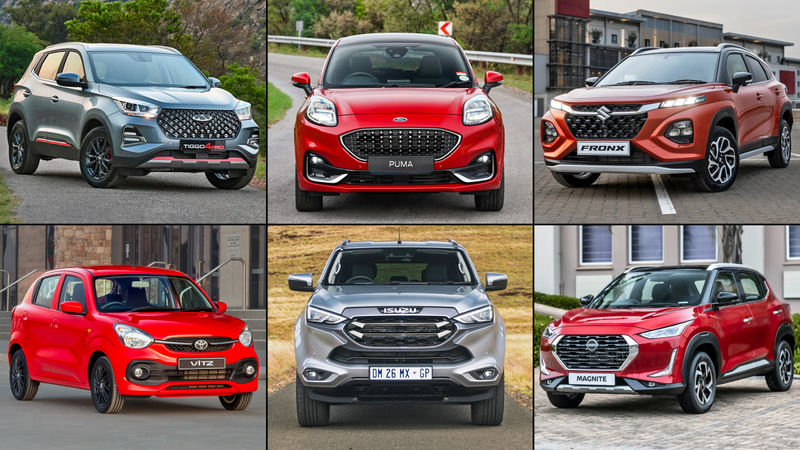There were a number of momentous events during July that had an effect on new car sales in South Africa. Disruptions due to unrest in KZN and parts of Gauteng, a shift to level 4 lockdown and the cyber attack on the local ports all proved to be the perfect storm for a horrid month of sales. The port closures heavily affected exports and imports resulting in a 33.1% drop in vehicle exports for the month.
There was however a small positive in terms of sales compared with July 2020 (1.7%). Passenger car sales contributed the most towards that number, while LCVs and bakkies saw an 8.1% drop vs the same period last year.
Aggregate new vehicle sales of 32 949 units up by 1.7% (+544 units) compared to the 32 405 units sold in July 2020.Passenger car sales of 20 575 units up by 9.1% (+1 719 units) compared to the 18 856 units sold in July 2020.Light Commercial Vehicle (LCV) sales of 10 266 units down by 8.1% (-899 units) compared to the 11 165 units sold in July 2020.Export sales of 16 931 units down by 33.1% (-7 381 units) compared to the 25 312 units expired in July 2020.
Toyota – 8 320 unitsVolkswagen – 5 078 unitsHyundai – 2 698 unitsFord – 2 360Nissan – 2 354 unitsSuzuki – 1 532 unitsHaval – 1 525 unitsRenault – 1 522 unitsKia – 1 501 unitsIsuzu – 1 193 units

“South Africans once again showed their goodwill and social solidarity during these challenging times. With the calm returning to KwaZulu-Natal and Gauteng, the country moving to adjusted alert level 3 lockdown restrictions and the accelerated roll out of the vaccinations, the gradual recovery in the new vehicle market is anticipated to continue for the remainder of the year”, affirmed naamsa CEO Mikel Mabasa.
However, Mark Dommisse of NADA (National Automotive Dealers Association) is not so confident of an immediate recovery – “The effect is not limited to July and will in all likelihood have an ongoing negative effect for several months to come. Dealers face stock shortages while local manufacturers battle to keep production going due to disruptions in the component supply chain caused by global semi-conductor shortages and the cyber-attack on the port operating systems.”





